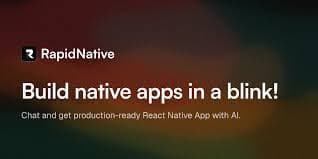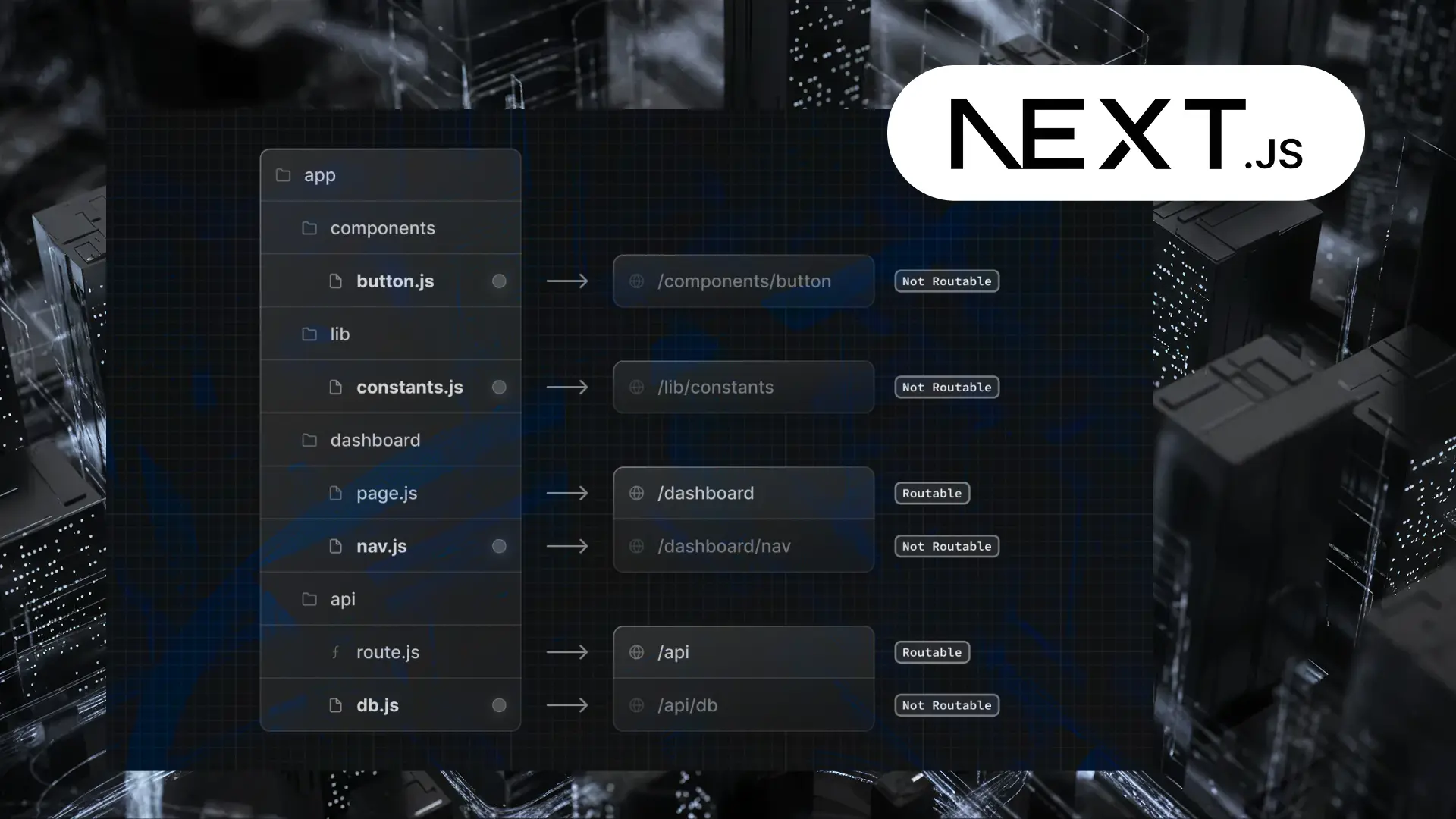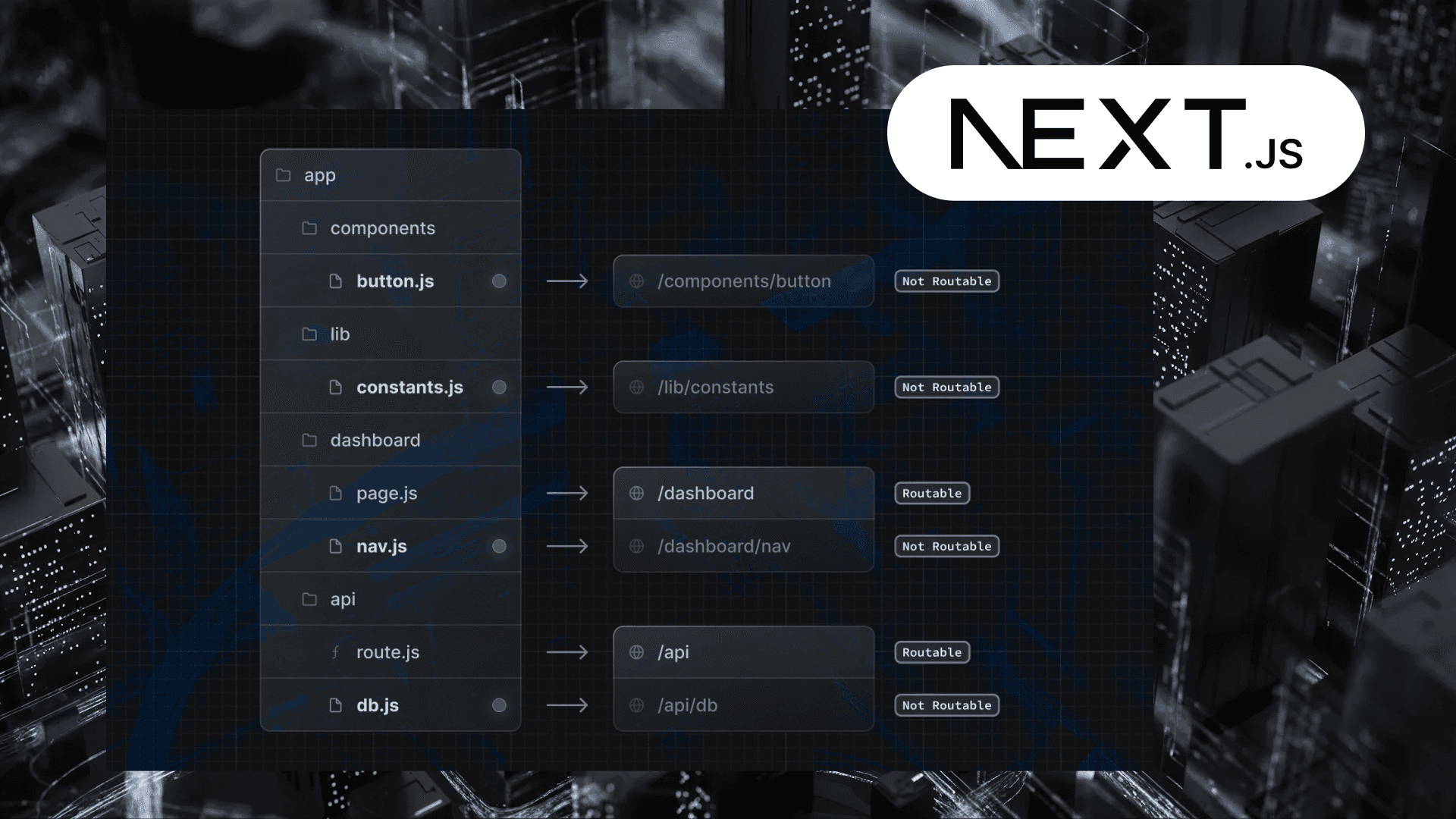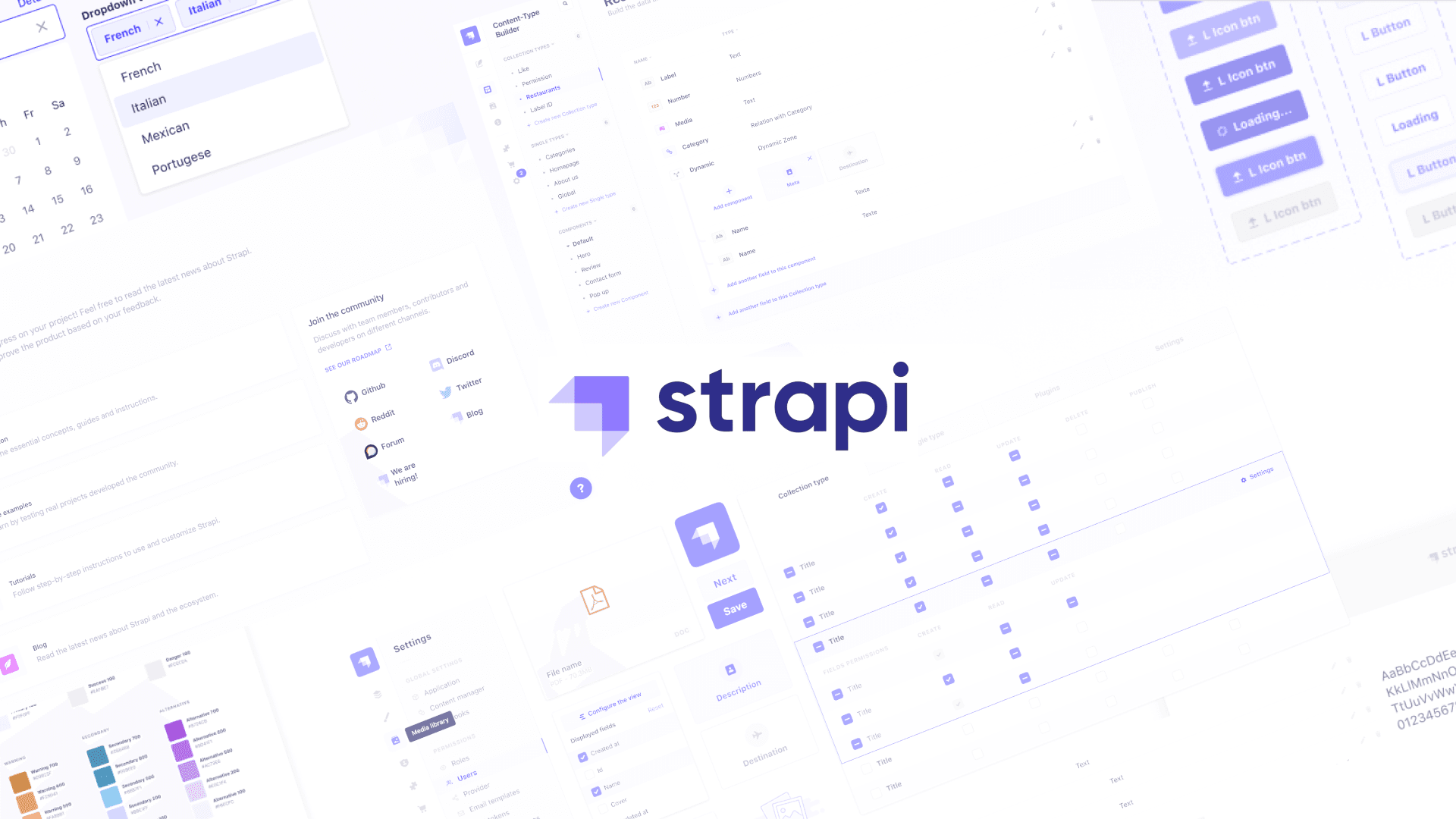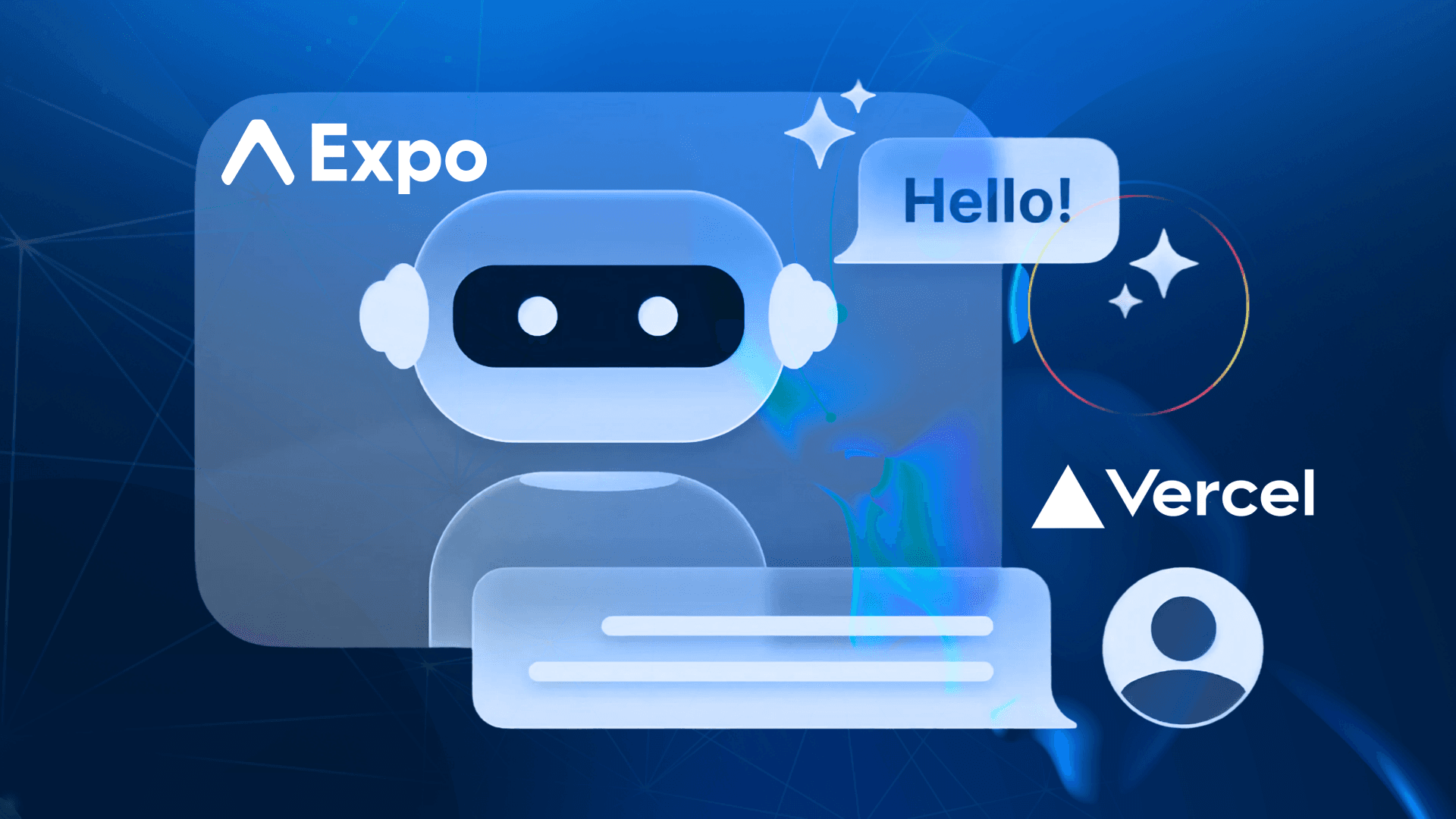Table of Contents
Voice-Enabled AI Chatbot with Laravel & JavaScript: Let Your App Talk Back
Author

Date

Book a call
Introduction — Let's Make Your App Talk
Have you ever thought, "What if users could just talk to my app instead of typing?"
We thought the same. Typing is fine, but speaking feels more natural — especially for quick queries, accessibility, or just building something cool.
So in this guide, we're going to build a simple voice-enabled chatbot — something that listens to what you say, sends it to OpenAI's GPT model, and then speaks the response back to you.
No React, no complex setup — just vanilla JavaScript on the frontend, and Laravel on the backend. It's clean, fast, and fun.
What's the Challenge?
The tricky part is getting all three systems to talk to each other:
- The browser needs to hear your voice and turn it into text (using the Web Speech API).
- The backend needs to process that text and generate a response (via OpenAI).
- The browser needs to speak the response out loud again (using SpeechSynthesis).
You'll also have to deal with:
- Browser compatibility
- Microphone permissions
- Network delays
- And of course, OpenAI rate limits
But don't worry — we'll walk through every step. Think of this like a casual pair-programming session where you're sitting next to me, and we're building this together.
Step 1: Setting Up the Laravel Backend
Let's get the backend ready to receive voice input and send it to OpenAI.
Install Required Package
We'll use Laravel's HTTP client to talk to OpenAI. To make it smoother, we'll use the official OpenAI PHP SDK:
composer require openai-php/laravel
Then, in your .env file, add your OpenAI API key:
OPENAI_API_KEY=sk-xxxxxxxxxxxxxxxxxxxx
That's it — we're ready to hit OpenAI's API.
The Controller
We created a controller called VoiceChatbotController. It has two methods:
index() — loads the main page
handle() — receives the transcript and sends it to OpenAI
Routes
Set up the routes to serve the chatbot view and handle the API request.
In your web.php:
In your api.php:
That's it for Step 1!
Your backend is now:
- Ready to receive spoken input as plain text
- Talking to OpenAI using GPT-4o
- Returning an AI-generated reply as JSON
Next up, we'll work on capturing the user's voice in the browser and sending it to this endpoint.
Step 2: Capturing Voice in the Browser (Using Web Speech API)
Alright — let's build the complete frontend interface. This includes the HTML structure, speech recognition setup, and all the user experience details that make it feel professional.
Now, if you're thinking: "Do I need to install anything here?" — Nope! Modern browsers (especially Chrome and Edge) already support this via the Web Speech API.
HTML Structure
First, let's create the complete HTML structure in your voice-chatbot.blade.php:
This gives us a beautiful glassmorphism design with proper button states and feedback areas.
Setting Up Speech Recognition
Now let's add the core JavaScript inside the <script> tag:
Let's break that down:
- We create a recognition object using the browser's built-in speech recognition.
- lang = 'en-US' sets the language to English (you can change this later).
- interimResults = false means we only care about the final result.
- continuous = false means it stops listening after a single sentence or phrase.
Essential Utility Functions
These functions handle UI updates and button states:
Button Control Functions
Here are the functions that control recording:
Speech Recognition Event Handlers
Now for the actual speech recognition magic:
This handles:
- Button state management - Proper disable/enable during recording
- Visual feedback - Clear status messages throughout the process
- Speech capture - Stores what the user said
- Error handling - Graceful handling of speech recognition issues
At This Point…
You now have a complete, professional-looking interface that can: Start and stop voice capture with proper button states, Transcribe what you say with visual feedback, Store the transcript for processing.
Display clear status messages and results Look beautiful with modern glassmorphism design
Step 3: Complete Voice-to-AI-to-Speech Flow
Now it's time to connect everything together. We'll modify the recognition.onend function to:
- Send the transcript to Laravel
- Get the AI response
- Speak it back to the user
The Complete Implementation
Replace the simple recognition.onend from Step 2 with this complete version:
Security Note
Don't forget to include the CSRF token meta tag in your blade template:
Let's Break Down What Happens
- Capture: User speaks, speech is transcribed
- Send: Transcript is sent to Laravel via POST request
- Process: Laravel sends text to OpenAI and gets AI response
- Receive: JavaScript gets the AI reply as JSON
- Speak: Browser uses SpeechSynthesis to read the reply aloud
- Reset: UI resets for next conversation
What You've Built
Congratulations! You now have a complete voice interaction system:
- User clicks Start and speaks
- Transcript captured and sent to Laravel
- Laravel sends to OpenAI and gets a reply
- Browser speaks the AI's answer back
That's a full end-to-end voice interaction — from mic to model to mouth.
Conclusion – Let Your App Talk Back
And there you have it — a fully working voice-enabled AI chatbot built with just Laravel, JavaScript, and the OpenAI API.
You:
- Captured the user's voice
- Transcribed it using the Web Speech API
- Sent it to Laravel for processing
- Passed it to GPT-4o via OpenAI
- Got a smart reply, and
- Spoke the response aloud using SpeechSynthesis
No third-party libraries. No frontend frameworks. Just pure browser APIs and Laravel handling the backend logic.
This isn't just a cool demo — it opens up real use cases:
- Customer support bots
- Interactive tutorials
- Voice interfaces for accessibility
- Internal tools where users prefer voice over typing
Bonus Ideas You Can Try
If you want to take this even further, here are some ways to level up:
1. Add Roles or Personalities
Let the AI behave like a tutor, assistant, or support agent using system messages in OpenAI's API.
2. Support Multiple Languages
Use recognition.lang = 'hi-IN' or 'es-ES' for Hindi, Spanish, etc. You can also translate results using OpenAI or Google Translate APIs before reading them aloud.
3. Add Memory or Context
Right now, your bot responds statelessly. But you could maintain a history of messages and pass them all in the API call for a more conversational experience.
4. Secure It for Production
- Limit usage with rate-limiting middleware
- Cache responses
- Avoid exposing sensitive API tokens in the frontend
That's a Wrap!
This tutorial showed you how to blend speech, AI, and Laravel into a conversational interface with a surprisingly simple setup.
We hope you learned something useful — and more importantly, had fun building it.
Dive deep into our research and insights. In our articles and blogs, we explore topics on design, how it relates to development, and impact of various trends to businesses.
